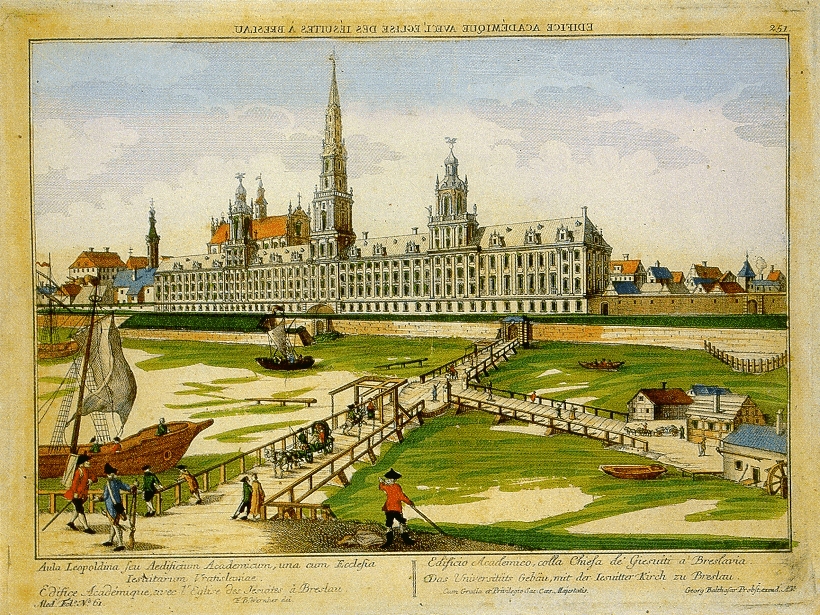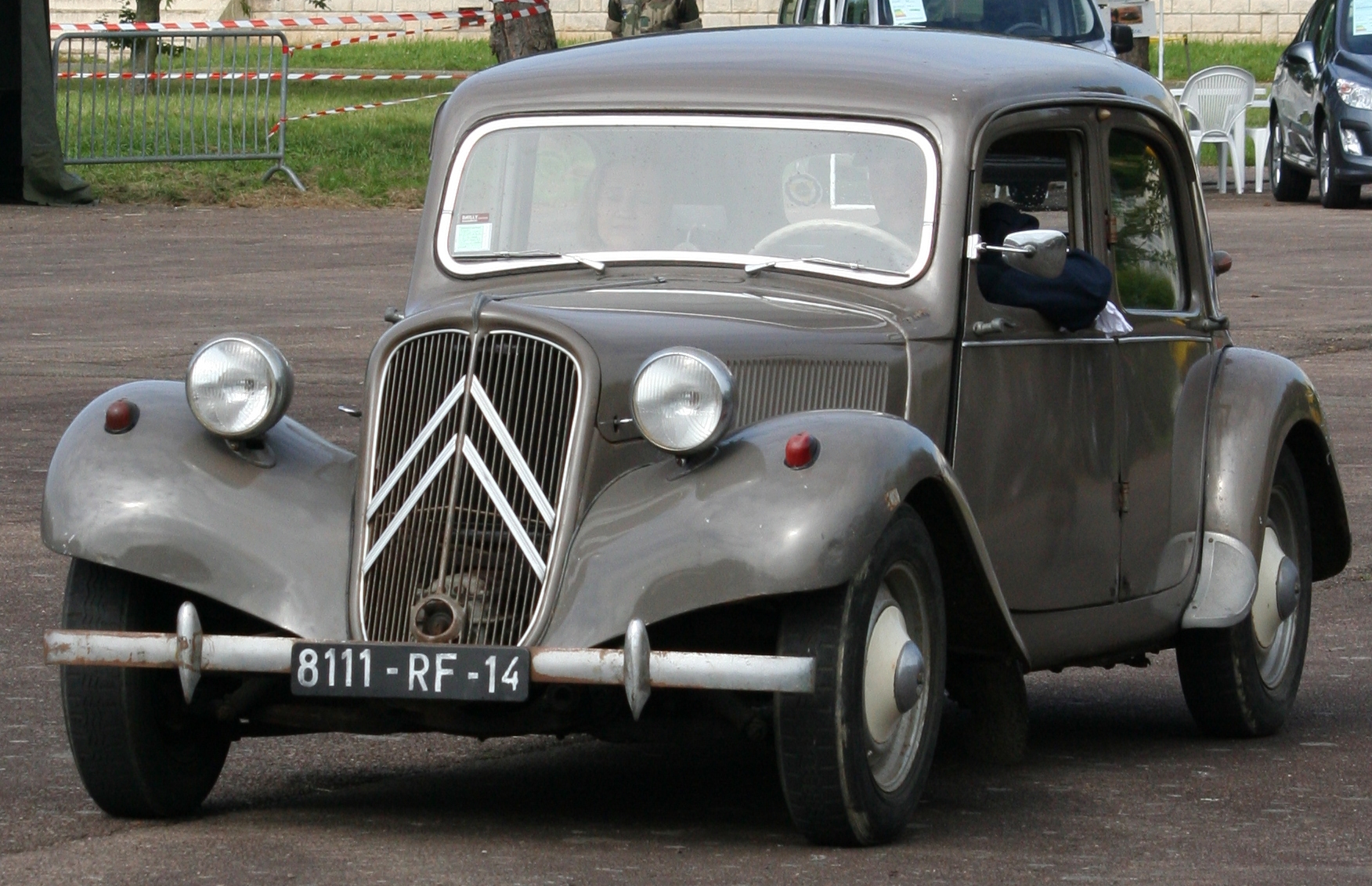|
White Stork Synagogue
The White Stork Synagogue ( pl, Synagoga Pod Białym Bocianem) is a nineteenth-century synagogue in Wrocław, Poland. Rededicated in 2010 after a decade-long renovation, it is the religious and cultural centre of the local Jewish community, under the auspices of the Union of Jewish Religious Communities in Poland. It is the only synagogue in Wrocław to have survived the Holocaust. History The synagogue, which opened in 1829 when the city was known as Breslau and part of the Kingdom of Prussia, is a three-story Neoclassical designed by the architect Carl Ferdinand Langhans (1781–1869). Langhans was one of the foremost 19th-century architects of Silesia. He was among Germany’s foremost theater designers. He also designed the Breslau Actors' Guild Theater and Opera House. The original interior, now lost, was designed by the painter Raphael Biow (1771–1836) and his son Hermann Biow (1804–1850). The name was taken from an inn of the same name which had previously stood o ... [...More Info...] [...Related Items...] OR: [Wikipedia] [Google] [Baidu] |
Wrocław
Wrocław (; german: Breslau, or . ; Silesian German: ''Brassel'') is a city in southwestern Poland and the largest city in the historical region of Silesia. It lies on the banks of the River Oder in the Silesian Lowlands of Central Europe, roughly from the Baltic Sea to the north and from the Sudeten Mountains to the south. , the official population of Wrocław is 672,929, with a total of 1.25 million residing in the metropolitan area, making it the third largest city in Poland. Wrocław is the historical capital of Silesia and Lower Silesia. Today, it is the capital of the Lower Silesian Voivodeship. The history of the city dates back over a thousand years; at various times, it has been part of the Kingdom of Poland, the Kingdom of Bohemia, the Kingdom of Hungary, the Habsburg monarchy of Austria, the Kingdom of Prussia and Germany. Wrocław became part of Poland again in 1945 as part of the Recovered Territories, the result of extensive border changes and expulsions ... [...More Info...] [...Related Items...] OR: [Wikipedia] [Google] [Baidu] |
Gay Rights
Rights affecting lesbian, gay, bisexual, and transgender (LGBT) people vary greatly by country or jurisdiction—encompassing everything from the legal recognition of same-sex marriage to the death penalty for homosexuality. Notably, , 33 countries recognized same-sex marriage. By contrast, not counting non-state actors and extrajudicial killings, only two countries are believed to impose the death penalty on consensual same-sex sexual acts: Iran and Afghanistan. The death penalty is officially law, but generally not practiced, in Mauritania, Saudi Arabia, Somalia (in the autonomous state of Jubaland) and the United Arab Emirates. As well as, LGBT people face extrajudicial killings in the Russian region of Chechnya. Sudan rescinded its unenforced death penalty for anal sex (hetero- or homosexual) in 2020. Fifteen countries have stoning on the books as a penalty for adultery, which would include gay sex, but this is enforced by the legal authorities in Iran and Nigeria ... [...More Info...] [...Related Items...] OR: [Wikipedia] [Google] [Baidu] |
Musical Academy (Wrocław)
Academy of Music may refer to: ;In America * Academy of Music (Baltimore), Maryland * Academy of Music, a defunct theater in Charleston, South Carolina; see Academy of Music/Riviera Theatre * Academy of Music (New York City) in Manhattan ** A second Academy of Music in Manhattan, renamed the Palladium * Academy of Music (Philadelphia), Pennsylvania * Academy of Music (Lynchburg, Virginia) * Academy of Music Theatre, Northampton, Massachusetts * Boston Academy of Music, Massachusetts * Brooklyn Academy of Music in New York City ;Elsewhere, other uses * Academy of Music, Adelaide, Australia * Academy of Music in Budapest, Hungary * Academy of Music in Kraków, Poland * Academy of Music (Ljubljana), Slovenia * Academy of Music, Melbourne, Australia * Academy of Music (Montreal), Canada * Baku Academy of Music, Azerbaijan * London Academy of Music and Dramatic Art at the University of Kent * Royal Academy of Music in London, England * Royal Academy of Music (company) by G. F ... [...More Info...] [...Related Items...] OR: [Wikipedia] [Google] [Baidu] |
University Of Wrocław
, ''Schlesische Friedrich-Wilhelms-Universität zu Breslau'' (before 1945) , free_label = Specialty programs , free = , colors = Blue , website uni.wroc.pl The University of Wrocław ( pl, Uniwersytet Wrocławski, UWr; la, Universitas Wratislaviensis) is a public research university in Wrocław, Poland. It is the largest institution of higher learning in Lower Silesian Voivodeship, with over 100,000 graduates since 1945, including some 1,900 researchers, among whom many have received the highest awards for their contributions to the development of scientific scholarship. Renowned for its high quality of teaching, it was placed 44th by ''QS World University Rankings'': EECA 2016, and is situated on the same campus as the former University of Breslau, which produced 9 Nobel Prize winners. The university was founded in 1945, replacing the previous German University of Breslau. Following the territorial changes of Poland's borders, academics primarily ... [...More Info...] [...Related Items...] OR: [Wikipedia] [Google] [Baidu] |
1968 Polish Political Crisis
The Polish 1968 political crisis, also known in Poland as March 1968, Students' March, or March events ( pl, Marzec 1968; studencki Marzec; wydarzenia marcowe), was a series of major student, intellectual and other protests against the ruling Polish United Workers' Party of the Polish People's Republic. The crisis led to the suppression of student strikes by security forces in all major academic centres across the country and the subsequent repression of the Polish dissident movement. It was also accompanied by mass emigration following an antisemitic (branded "anti-Zionist") campaign waged by the minister of internal affairs, General Mieczysław Moczar, with the approval of First Secretary Władysław Gomułka of the Polish United Workers' Party (PZPR). The protests overlapped with the events of the Prague Spring in neighboring Czechoslovakia – raising new hopes of democratic reforms among the intelligentsia. The Czechoslovak unrest culminated in the Warsaw Pact invasion of ... [...More Info...] [...Related Items...] OR: [Wikipedia] [Google] [Baidu] |
Urzad Bezpieczenstwa
The Ministry of Public Security ( pl, Ministerstwo Bezpieczeństwa Publicznego), commonly known as UB or later SB, was the secret police, intelligence and counter-espionage agency operating in the Polish People's Republic. From 1945 to 1954 it was known as the Department of Security (, UB), and from 1956 to 1990 as the Security Service (, SB). The initial UB was headed by Public Security General Stanisław Radkiewicz and supervised by Jakub Berman of the Polish United Workers' Party, Polish Politburo. The main goal of the Department of Security was the swift eradication of anti-communist structures and socio-political base of the Polish Underground State, as well as the persecution of former underground soldiers of the Home Army () and later anti-communist organizations like Freedom and Independence (WiN). The Ministry of Public Security was established on 1 January 1945 and ceased operations on 7 December 1954. It was the chief secret service in communist Poland during the peri ... [...More Info...] [...Related Items...] OR: [Wikipedia] [Google] [Baidu] |
Umschlagplatz (Warsaw Ghetto)
''Umschlagplatz'' (german: collection point or reloading point) was the term used during The Holocaust to denote the holding areas adjacent to railway stations in occupied Poland where Jews from ghettos were assembled for deportation to Nazi death camps. The largest collection point was in Warsaw next to the Warsaw Ghetto. In 1942 between 254,000 – 265,000 Jews passed through the Warsaw ''Umschlagplatz'' on their way to the Treblinka extermination camp during Operation Reinhard, the deadliest phase of the Holocaust in Poland. Often those awaiting the arrival of Holocaust trains, were held at the ''Umschlagplatz'' overnight. Other examples of ''Umschlagplatz'' include the one at Radogoszcz station - adjacent to the Łódź Ghetto - where people were sent to Chełmno extermination camp and Auschwitz. In 1988, a memorial was erected in Warsaw to commemorate the deportation victims from the ''Umschlagplatz''. The monument resembles a freight car with its doors open. It is loca ... [...More Info...] [...Related Items...] OR: [Wikipedia] [Google] [Baidu] |
Death Camps
Nazi Germany used six extermination camps (german: Vernichtungslager), also called death camps (), or killing centers (), in Central Europe during World War II to systematically murder over 2.7 million peoplemostly Jewsin the Holocaust. The victims of death camps were primarily murdered by gassing, either in permanent installations constructed for this specific purpose, or by means of gas vans. The six extermination camps were Chełmno, Belzec, Sobibor, Treblinka, Majdanek and Auschwitz-Birkenau. Auschwitz and Majdanek death camps also used extermination through labour in order to kill their prisoners. The idea of mass extermination with the use of stationary facilities, to which the victims were taken by train, was the result of earlier Nazi experimentation with chemically manufactured poison gas during the secretive Aktion T4 euthanasia programme against hospital patients with mental and physical disabilities. The technology was adapted, expanded, and applied in wartime ... [...More Info...] [...Related Items...] OR: [Wikipedia] [Google] [Baidu] |
Mikveh
Mikveh or mikvah (, ''mikva'ot'', ''mikvoth'', ''mikvot'', or (Yiddish) ''mikves'', lit., "a collection") is a bath used for the purpose of ritual immersion in Judaism to achieve ritual purity. Most forms of ritual impurity can be purified through immersion in any natural collection of water. However, some impurities, such as a zav, require "living water", such as springs or groundwater wells. Living water has the further advantage of being able to purify even while flowing, as opposed to rainwater which must be stationary to purify. The ''mikveh'' is designed to simplify this requirement, by providing a bathing facility that remains in contact with a natural source of water. In Orthodox Judaism, these regulations are steadfastly adhered to; consequently, the mikveh is central to an Orthodox Jewish community. Conservative Judaism also formally holds to the regulations. The existence of a mikveh is considered so important that a Jewish community is required to construct ... [...More Info...] [...Related Items...] OR: [Wikipedia] [Google] [Baidu] |
New Synagogue (Wrocław)
The New Synagogue was the largest synagogue in Breslau, Germany (now Wrocław, Poland). It was one of the largest synagogues in the German Empire and a centre of Reform Judaism in Breslau. It was built in 1865–1872, and designed by Edwin Oppler. It was burnt down during the Kristallnacht pogrom which swept across Nazi Germany Nazi Germany (lit. "National Socialist State"), ' (lit. "Nazi State") for short; also ' (lit. "National Socialist Germany") (officially known as the German Reich from 1933 until 1943, and the Greater German Reich from 1943 to 1945) was ... on 9–10 November 1938. History Manuel Joël, who had become the rabbi for the Reform Jewish community in 1863, was the first rabbi to head the community in the new building. He died in 1890, and was followed by Jacob Guttman, who served until his death in 1919. Dr. Hermann Vogelstein became the rabbi in 1920. On November 4, 1938, there was a farewell service for him, and a welcome service for Dr. ... [...More Info...] [...Related Items...] OR: [Wikipedia] [Google] [Baidu] |





_mikveh.jpg)
